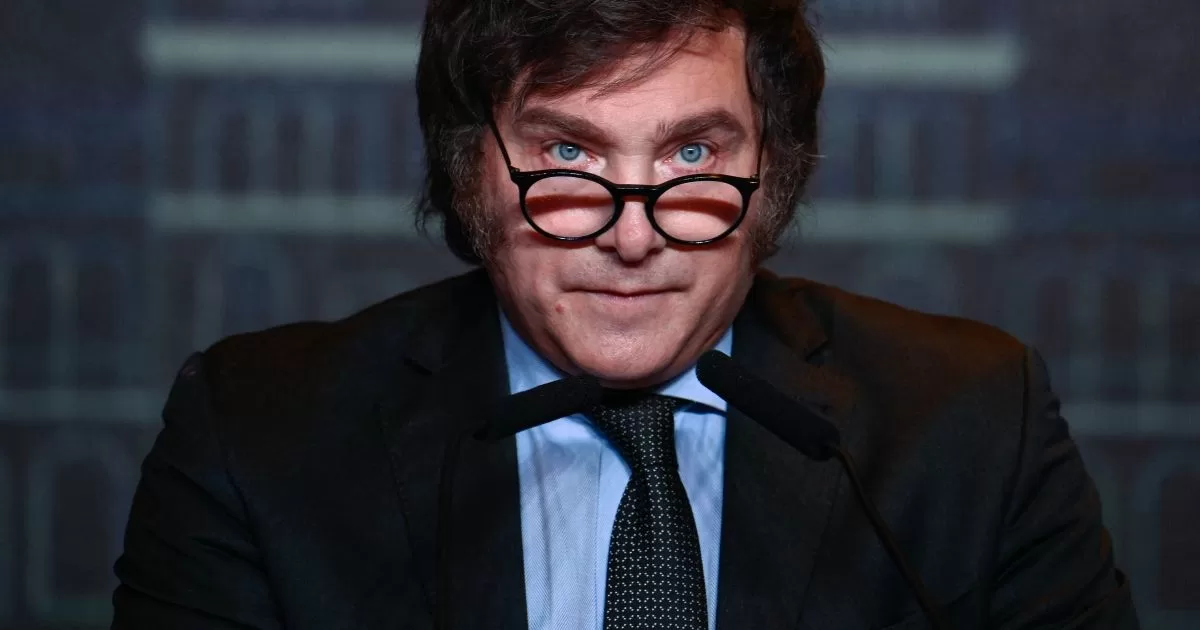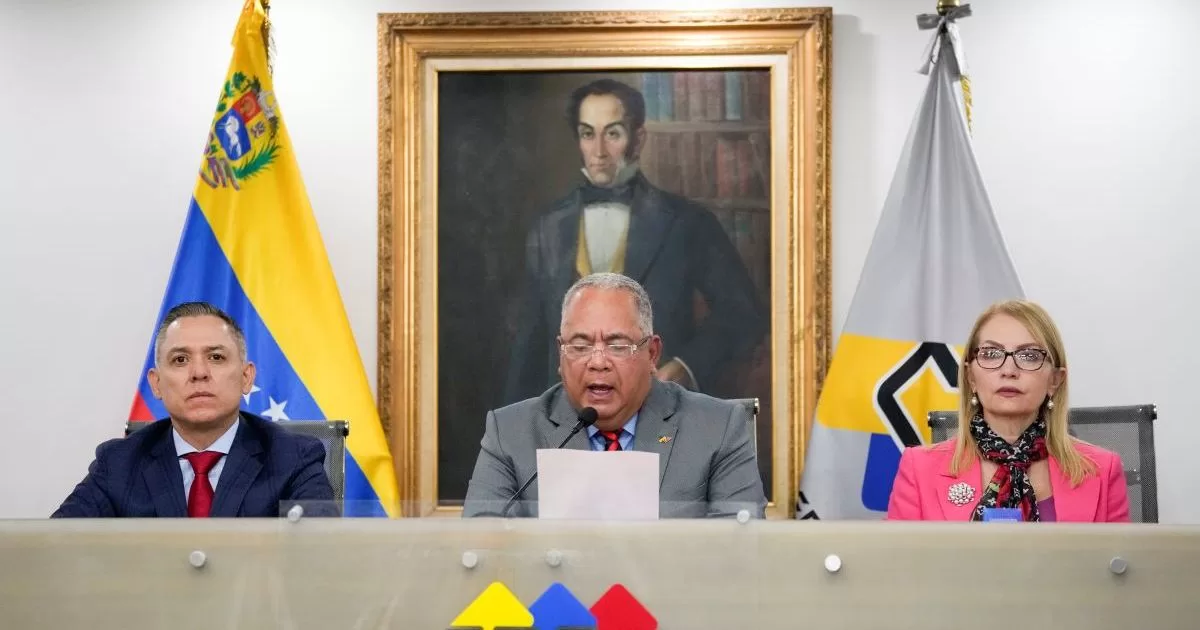At the time of so-called bills “acceleration” nuclear and renewable energies, at a time of the risk of load shedding and tensions aggravated by the Russian invasion of Ukraine, the Evening of Possibles organized by “l’Obs”, and which asked the question: “What energies for tomorrow? »seemed more relevant than ever.
Not necessarily gloomy news for Patrick Artus, director of research and studies at Natixis, who opened the discussions by believing that the European Union should meet the 2050 objective, that is to say carbon neutrality. Only a quarter of the continent’s electricity comes from renewables, but, he said, “I believe that Europe will do it, on condition of investing enormously” in the energy transition, in particular by mobilizing savings.
“Current investments represent only 2 points of GDP, half of what would be needed. »
The current period is comparable to the post-Second World War period and its gigantic needs for reconstruction, judged Patrick Artus, who foresees that ” for ten to fifteen years”, the price of energy will be higher in Europe than in the rest of the world and it will not be easy to resist the temptation to relocate industries. But then we will have a clear competitive advantage.
Ronan Dantec, senator (ecologist group) of Loire-Atlantique, has agreed ” 100 % “ with Patrick Arthur.
“We are at a time when Europe is embarking on a strong transition towards renewables, with 50 to 80 terawatt hours of additional production each year. »
Alas, he added, “the French bubble is in a logic where we do not look at what is happening in Europe, where things are going very quickly”. Example with Portugal, which “begins to sell us photovoltaics at 30-40 euros per megawatt hour, when nuclear [70 % de l’électricité en France, NDLR] costs between 120 and 150 euros”. The senator said he feared “a risk of marginalization of France in this new European energy system”.
Ines Bouacida: “Tomorrow’s energy is another world”
What exactly are the prospects for the necessary energy transition? First the overall drop in consumption, recalled Dan Lert, deputy mayor of Paris responsible in particular for energy. The capital aims to reduce its energy consumption by 50% by 2050, 35% by 2030 – it is at 13%.
How ? In particular through the thermal insulation of municipal buildings (cost: 500 million euros) and social housing (600 million). The City is also relying on its District Heating Network (RCU), which already heats 500,000 homes, Parisian hospitals and which currently uses 52% renewable energy – a target of 75% within eight years.
Recalling that projections on global warming promise in Paris “the current climate of Seville”Dan Lert also indicated that the Urban cooling network, which uses water from the Seine, will be tripled in the next twenty years to offer an ecological alternative to electric air conditioners.
Energy transition is also on the agenda of major private players. Jean-François Nogrette, CEO of Veolia France, explained:
“We want to make essential services, such as the distribution of drinking water and the treatment of wastewater, safe, accessible and sustainable. Decarbonization is an issue for these services, which consume energy. »
With a double challenge: the reduction of this consumption and the introduction of new technological solutions. Veolia France thus owns land that cannot be built on which will be equipped with solar panels, and aims to recover heat from the incineration of waste – hitherto little exploited – and even to produce electricity in this way.
Will hydrogen be the real green energy of tomorrow?
The company is also developing its production of natural gas, from food waste, depollution sludge, agricultural waste, and produces biofuels. “The equivalent of two-thirds of our energy consumption already comes from these sources and we project autonomy within five years”underlined Jean-François Nogrette.
Shortly after, Patrick Saultier, the general manager of Brocéliande Energies locales, told how, in Plélan-le-Grand (Ille-et-Vilaine), he managed to convince the inhabitants to set up a wind farm. “We went to demonstrate in front of the prefecture of Rennes saying: “We want wind turbines at home!” »
They now produce 25 to 30 million kilowatt hours per year, slightly more than the entire consumption of the municipality of 4,000 inhabitants.
“We export milk, and eventually rural areas will also export the energy needed for cities. »
A perspective of cooperation between territories welcomed by Dan Lert: Paris has potential for solar energy, he observes, but obviously needs to import electricity.
But beware of impasses arising from a poorly managed emergency, warned Ines Bouacida, specialist in energy issues at the Institute for Sustainable Development and International Relations (Iddri). Under the pretext of managing the post-war crisis in Ukraine, countries risk reinvesting in fossil fuels, such as gas or coal.
“If we build a new terminal, after five or ten years we will no doubt want to maintain its operation, to the detriment of the climate. »
On the other hand, the researcher underlined the interest of “curtailment contracts”, passed by RTE (electricity) and GRT Gaz with industrialists. Which are remunerated in exchange for a reduction, or even a cut, in their consumption.
Old mines to the rescue of solar and wind power?
Tomorrow, will we all be financially incentivized to ” to erase “ ? It’s possible ! The future will also be under the sign of bioluminescent public lighting, said Sandra Rey, founder of the start-up Glowee. This light source produced by marine bacteria, on which the company has been working for eight years, is the subject of a pilot project in Rambouillet (Yvelines). A soft light which concluded in poetry this exciting evening.


